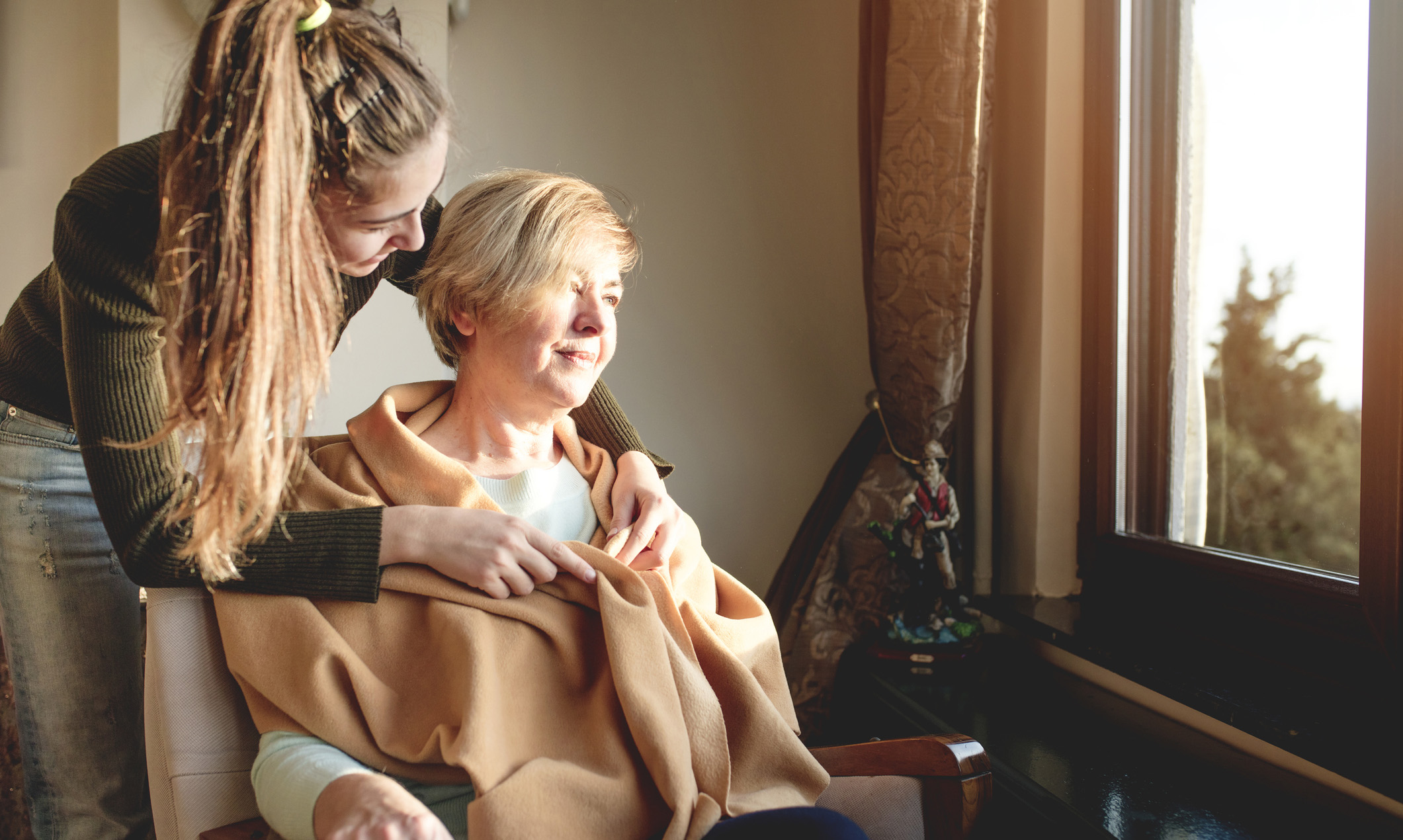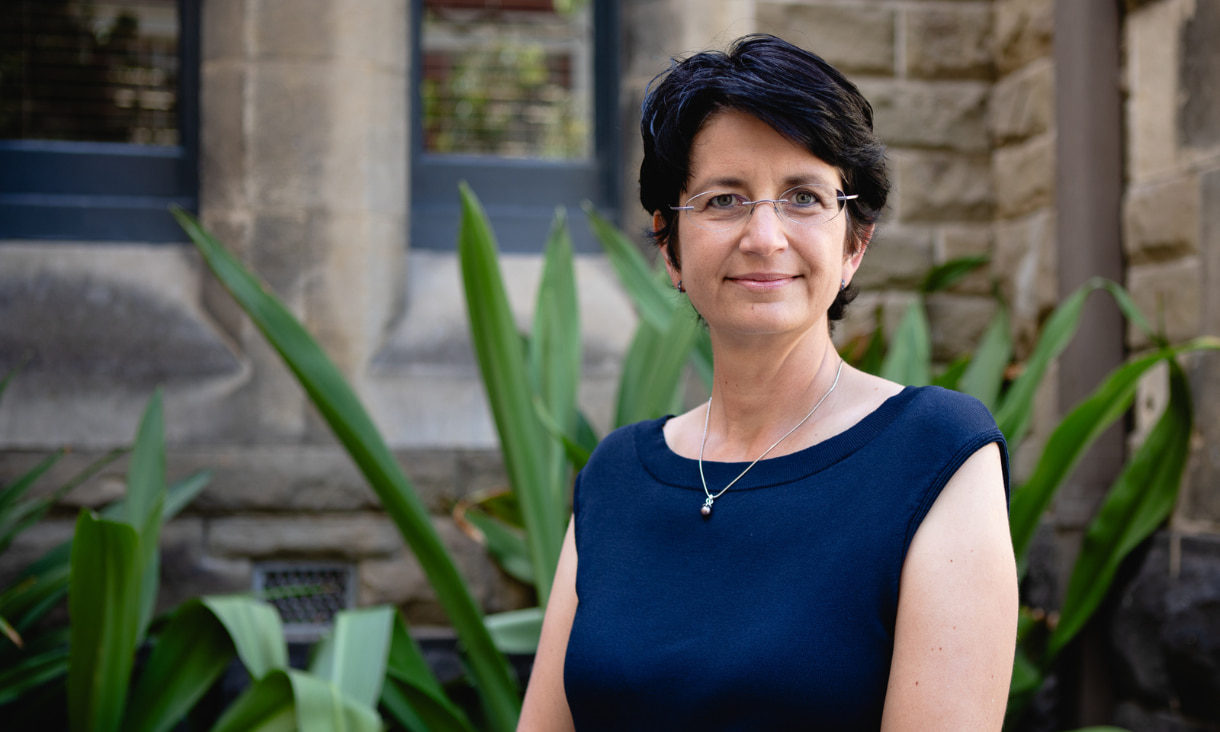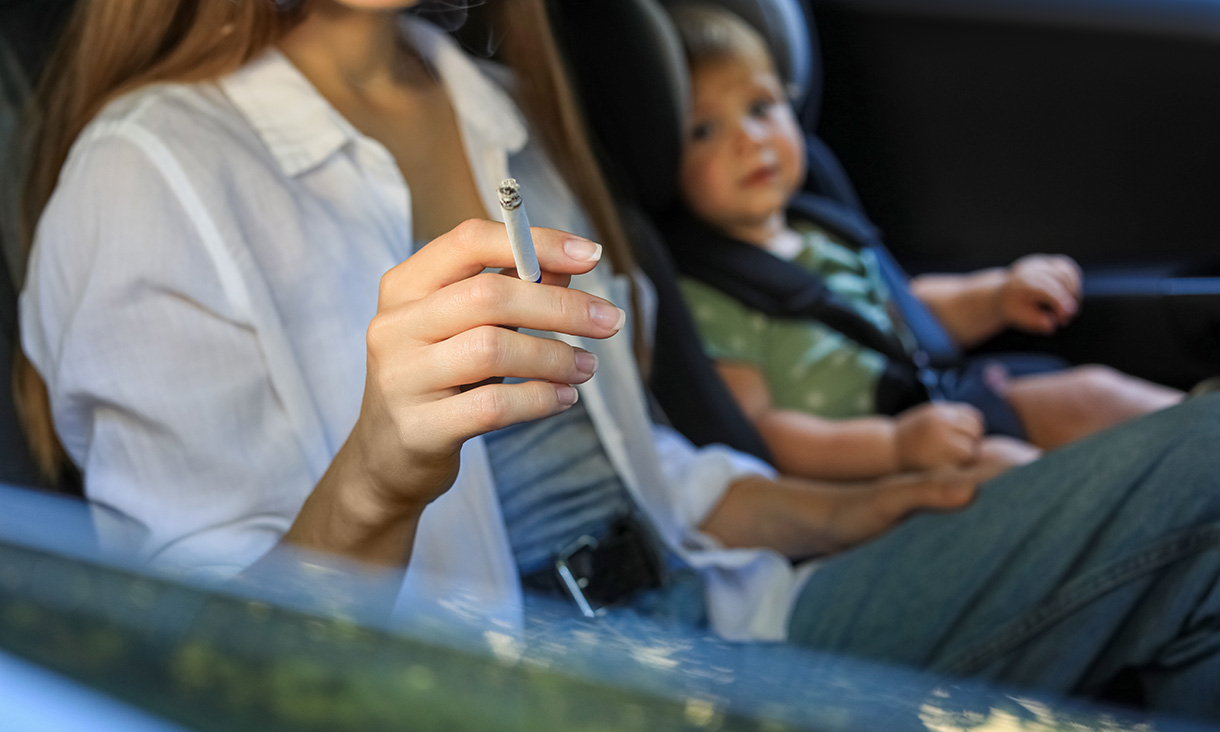RMIT researchers will investigate the health benefits of filtered fresh air ventilation systems in schools and aged care centres with the aim of improving the quality of life and resilience of school children and older Australians.
Indoor air quality deteriorates due to factors like climate change and pollution, leading to increases in temperature, levels of carbon dioxide and other pollutants such as dust and allergens.
Traditionally poor indoor air quality has been improved with ventilation, but this presents a problem when the outside air quality is worse than the inside air, for example in inner-city and industrial areas.
Project lead Associate Professor Priya Rajagopalan from RMIT's Sustainable Building Innovation Lab said surveys indicated that Australians spend more than 90% of their time indoors, yet the importance of indoor air quality was often overlooked.
“The quality of the air we breathe can have considerable impacts on health, wellbeing, productivity, and the economy,” she said.
The research team, including Dr Mary Myla Andamon and Dr Jin Woo, is working with industry partner Eco Pacific who will supply and assist with installing the air ventialtion units.
As part of the research, partner organisations will have monitors installed to which will track enhancements in indoor air quality through a range of parameters including temperature, relative humidity, carbon dioxide concentration level, dust particles and pathogens.
These measurements will be used alongside other qualitative methods to evaluate the health benefits and educational outcomes of providing fresh air.
“A significant proportion of Victoria’s population consists of young children in school and old people in aged care centres who are especially vulnerable to worsening air quality. This puts a real and increasing burden on healthcare services,” Rajagopalan said.
The CSIRO has estimated that the financial impact of poor indoor air quality may be as high as $12 billion dollars per year.
Bushfire mitigation activities and grass pollens have already presented health risks. In late 2016, the world’s most devastating thunderstorm asthma epidemic struck Melbourne and Geelong, with ten fatalities.
“This research will pave the way for improving the health of some of our most vulnerable citizens,” Rajagopalan said.
“It will provide new evidence for education and health authorities, and building designers, engineers and product manufacturers to innovate better solutions to indoor air quality problems.”
This could include advanced fresh filtered air technologies, new monitoring tools and mobile apps to monitor health and address indoor air quality issues in the built environment.
Improved ventilation can also improve students’ attention span and concentration contributing to enhanced educational outcomes; and health and well-being of aged population, improving their quality of life.
Regis Aged Care, Vasey RSL Care and Multicultural Aged Care services, Geelong have all been announced as key collaborators. The project is also supported by the Victoria School Building Authority and the Department of Education and training.
The project has received funding by the Victorian Department of Environment, Land, Water and Planning (DELWP) under the Climate Change Innovation Grant Scheme.
Story: Jasmijn van Houten





